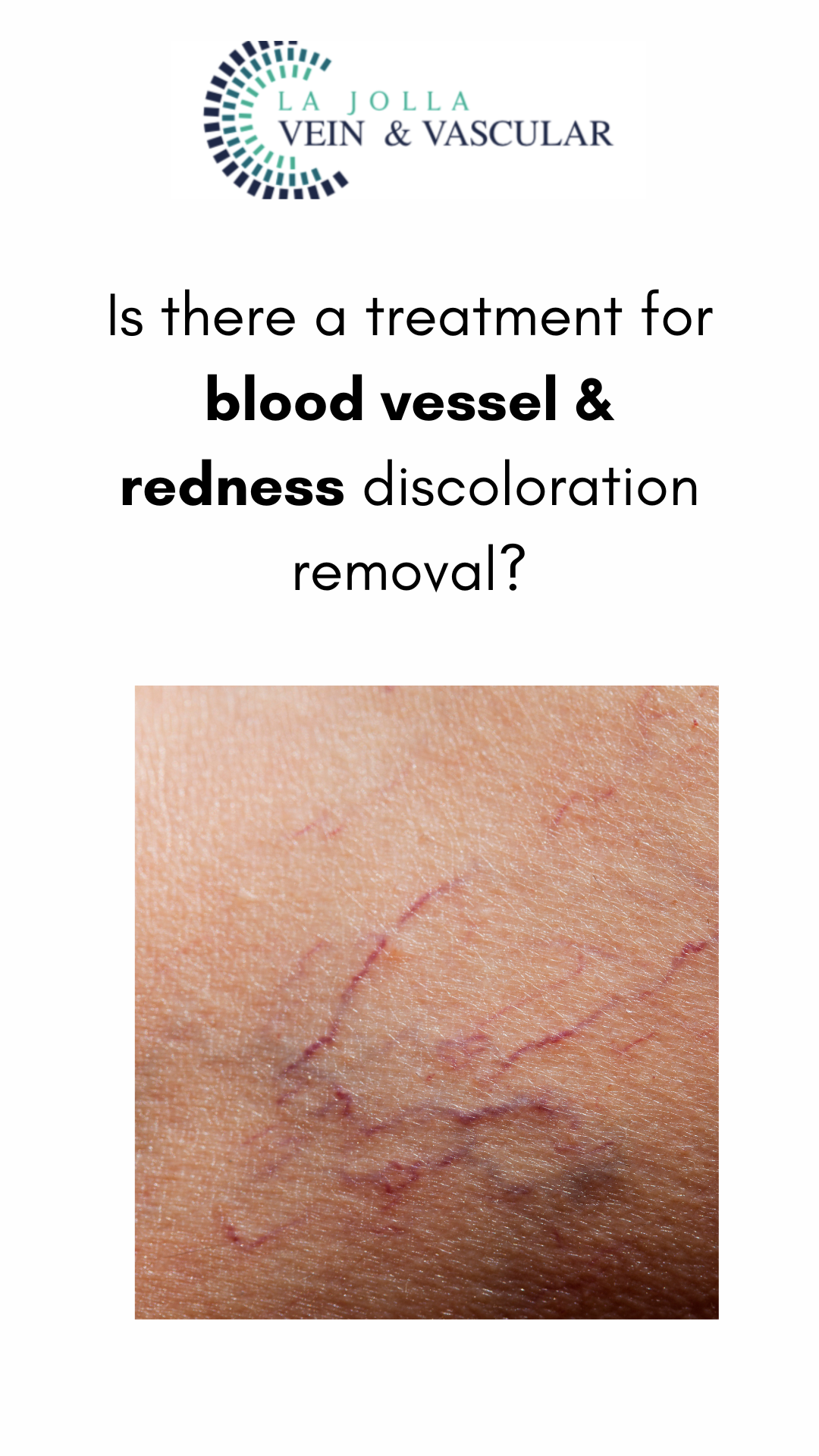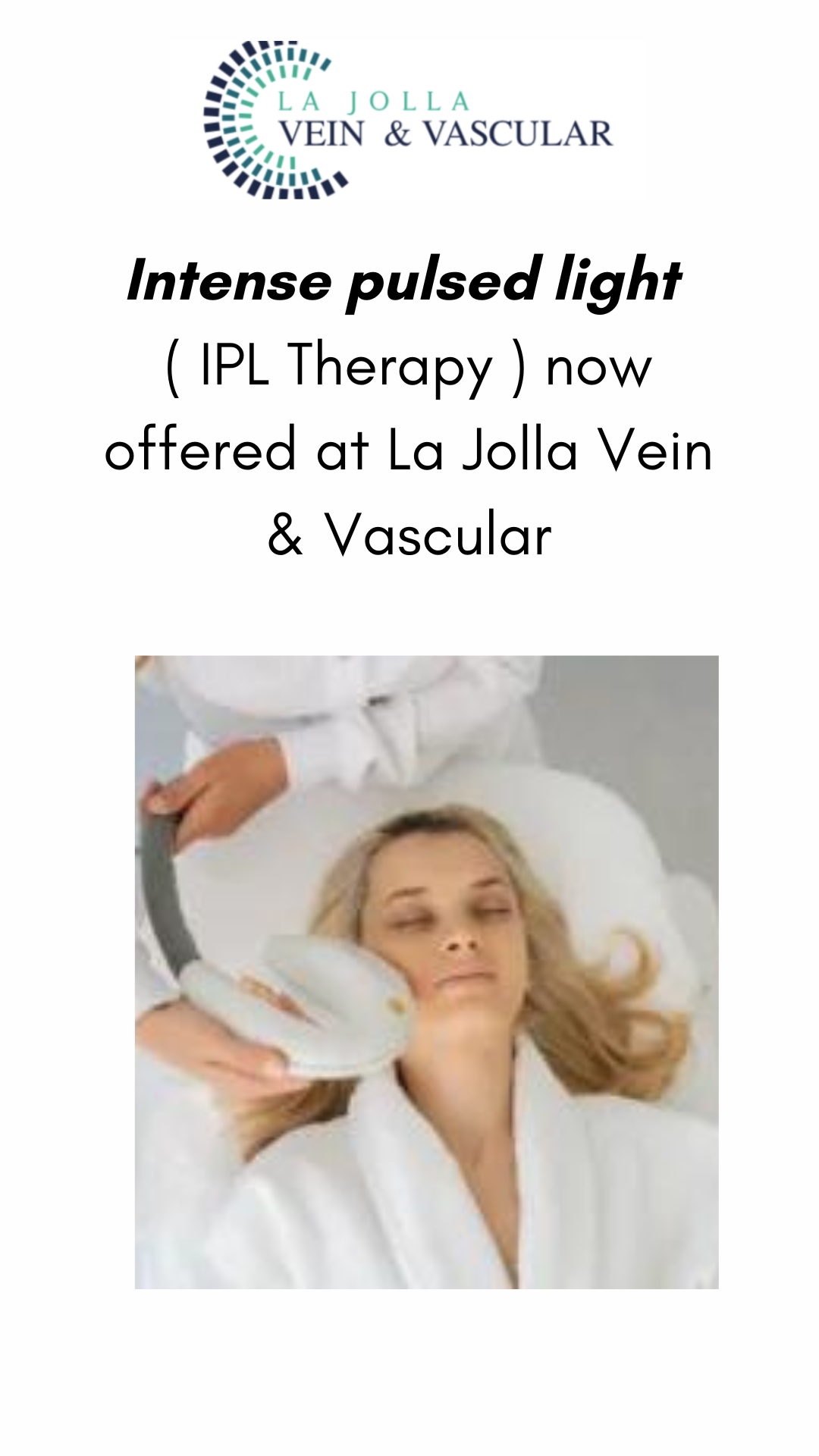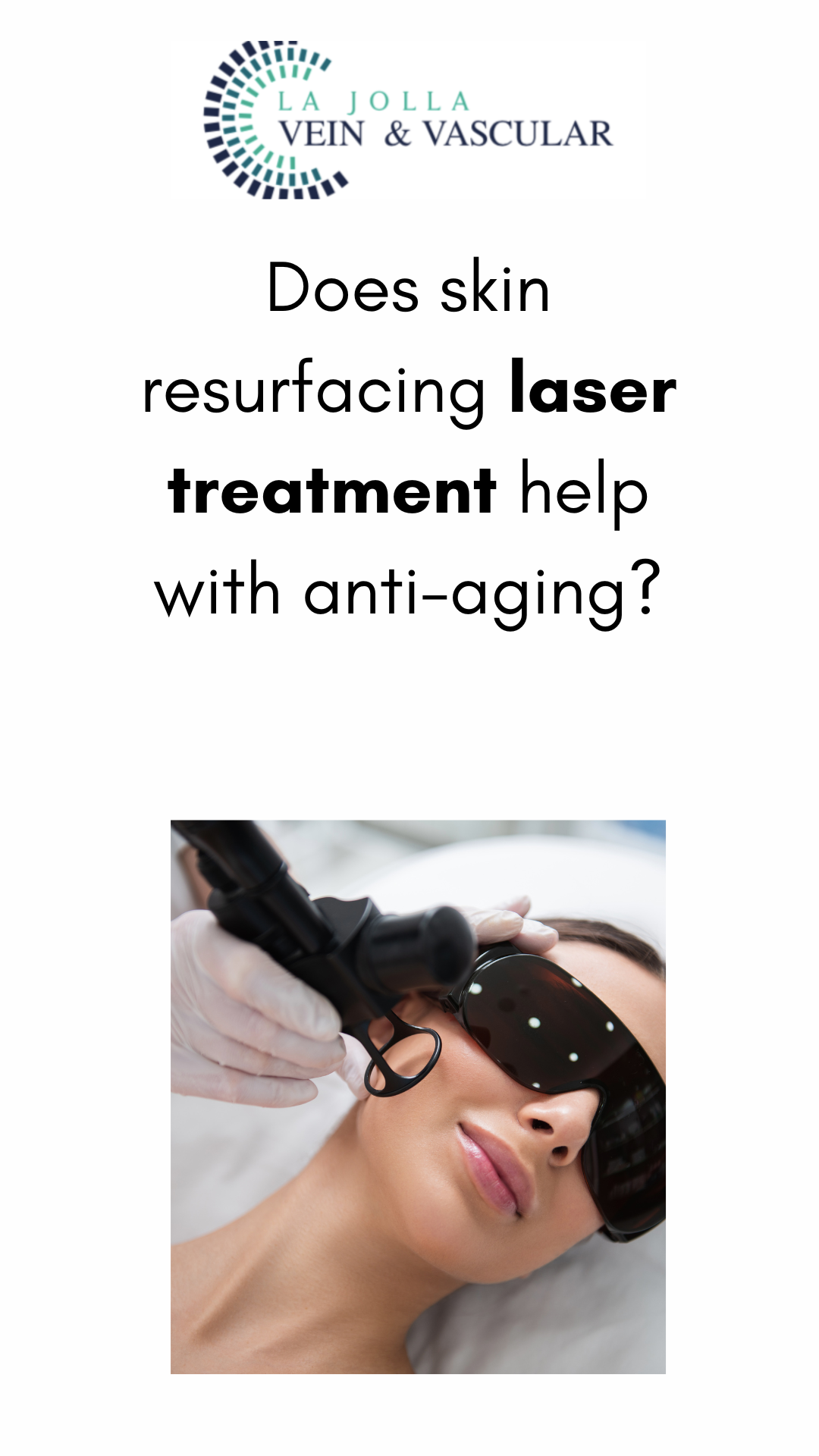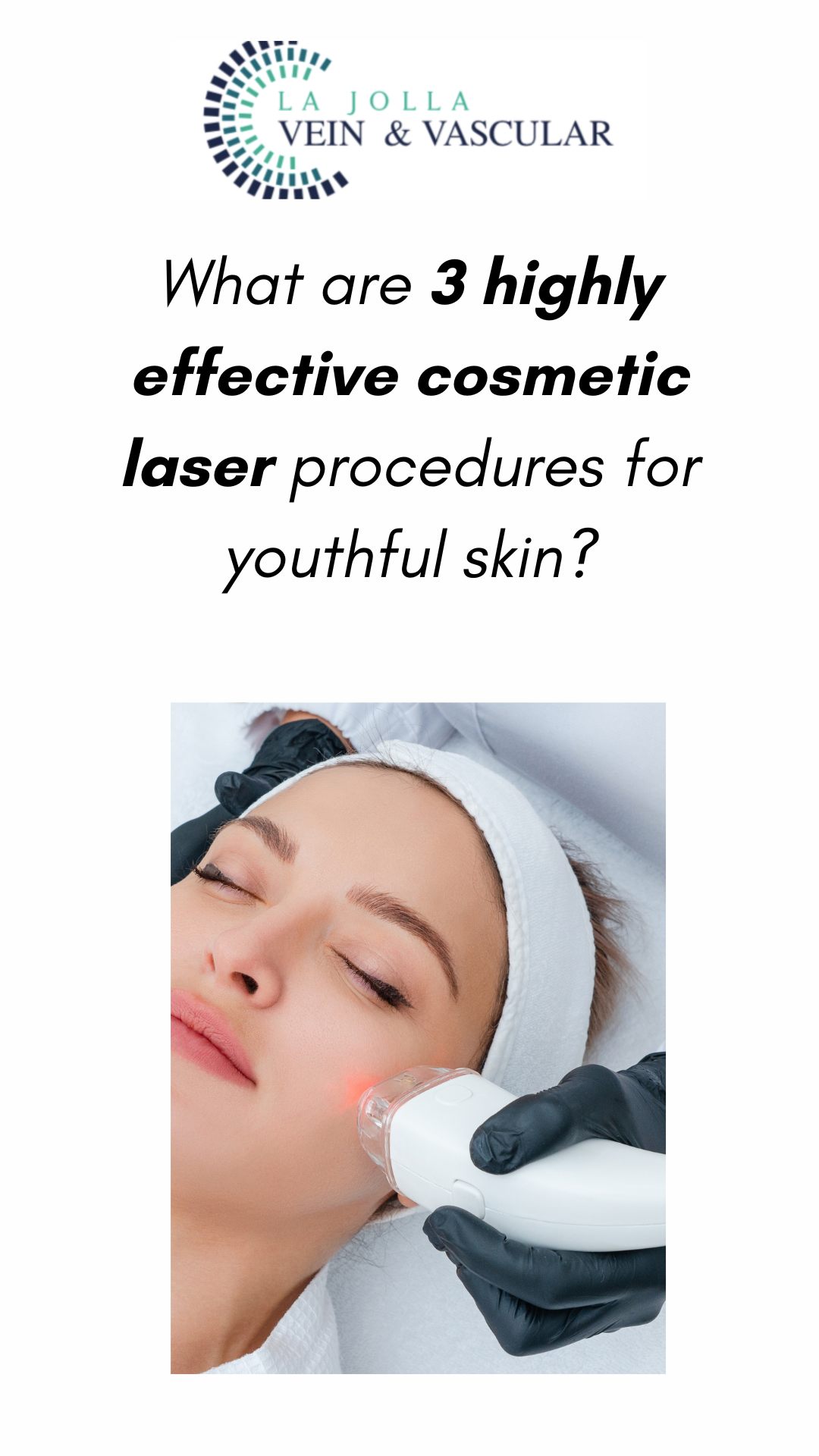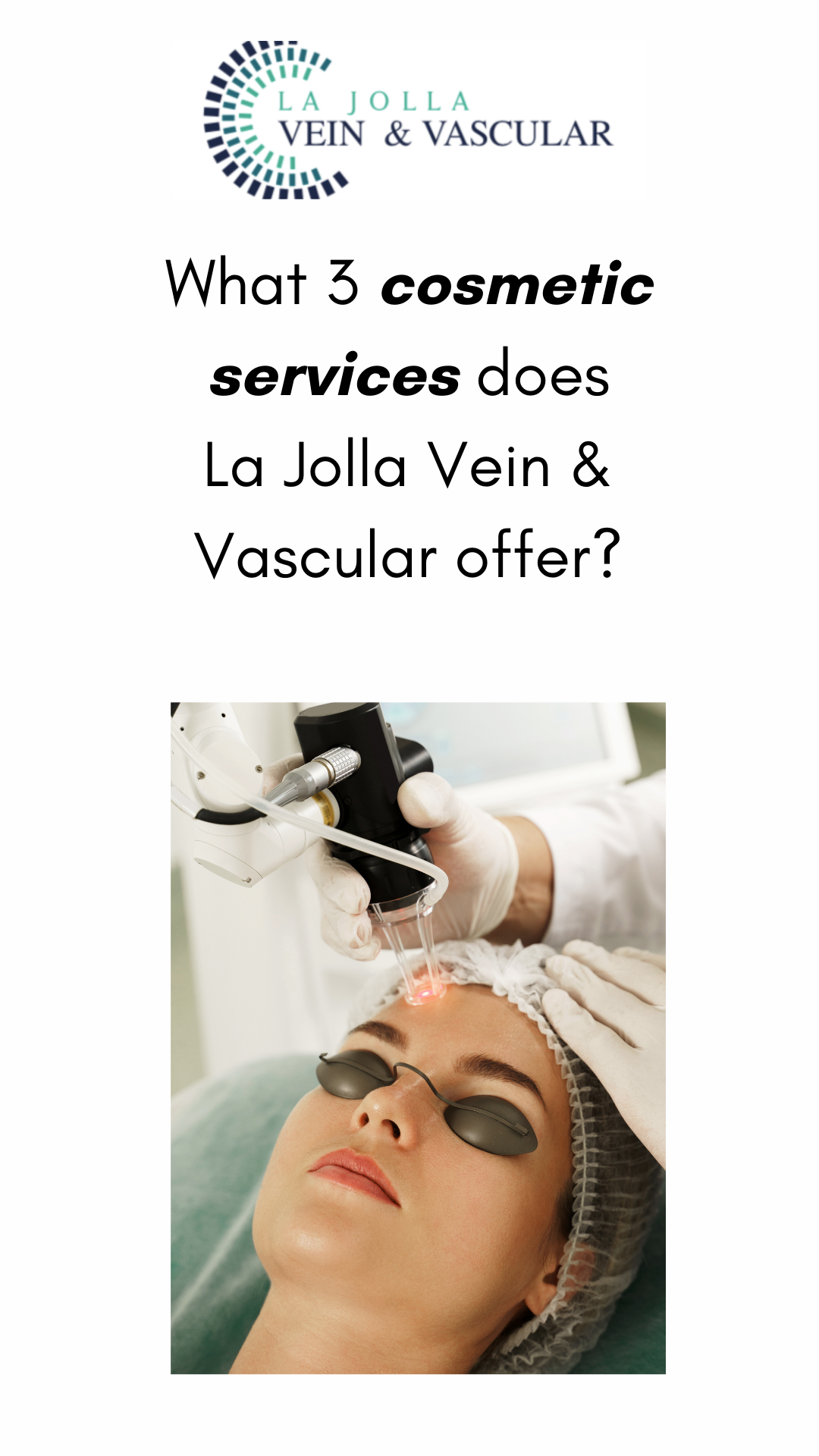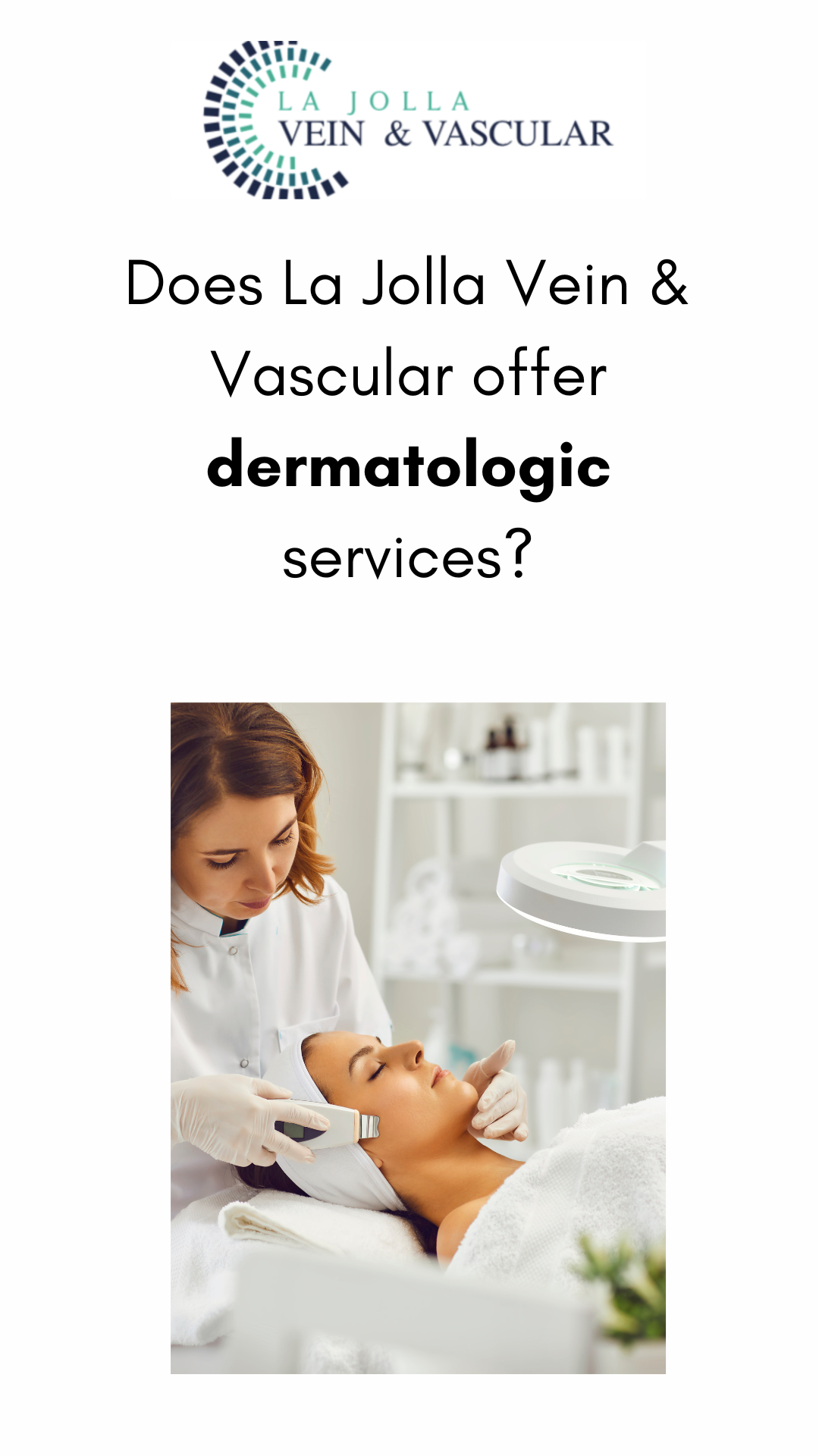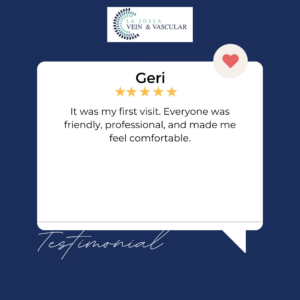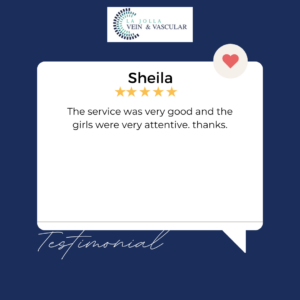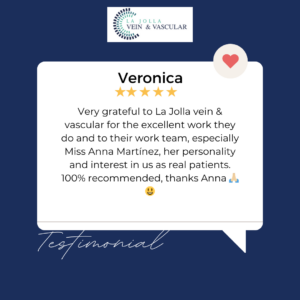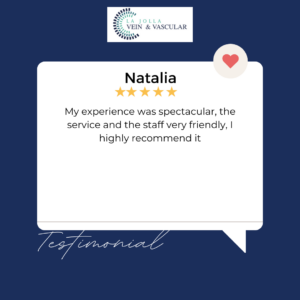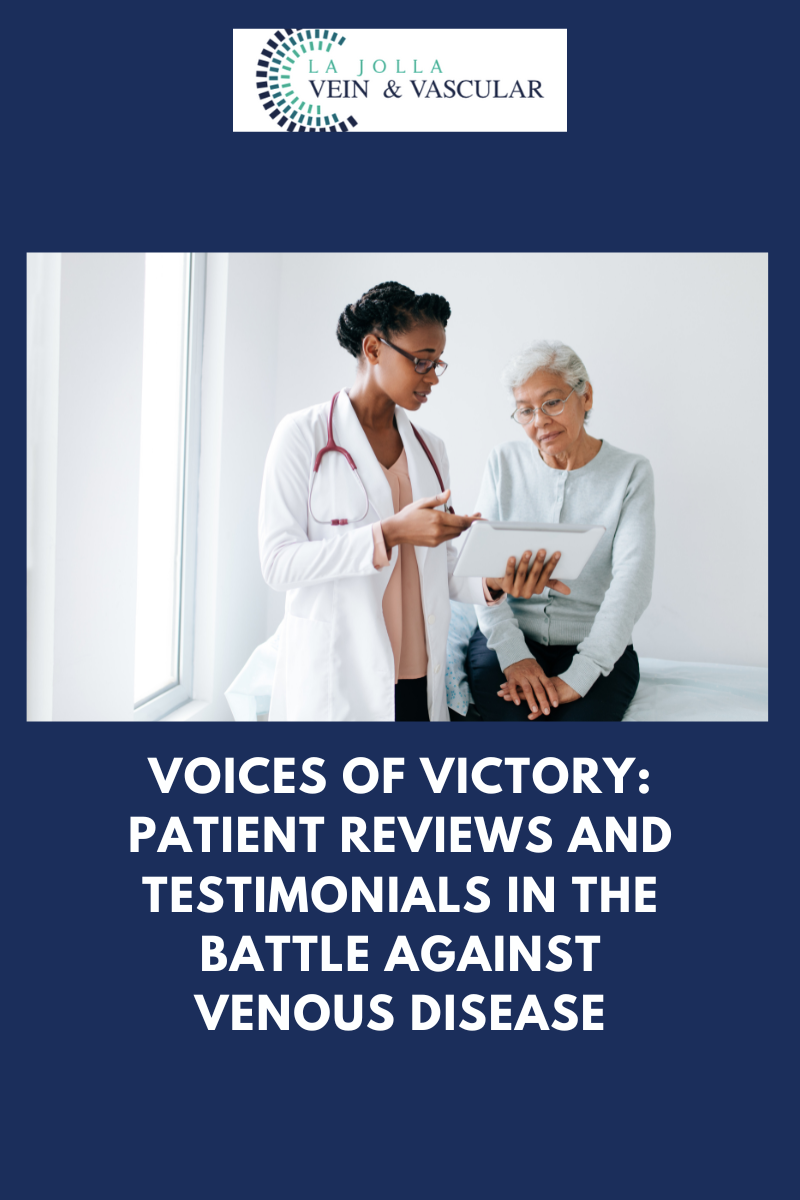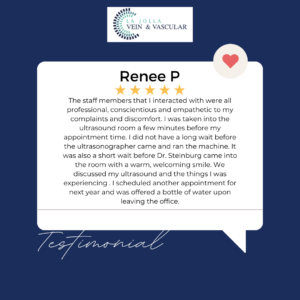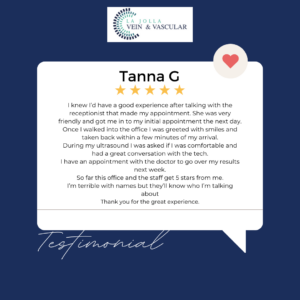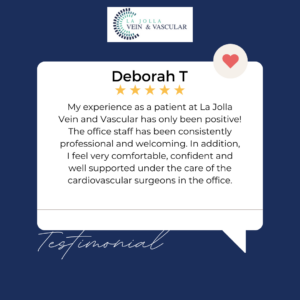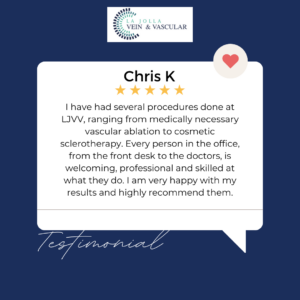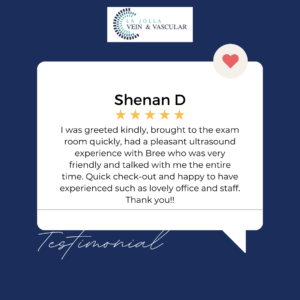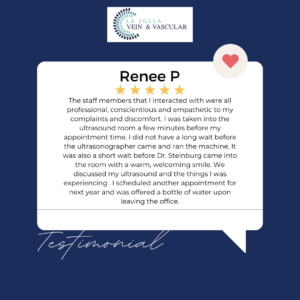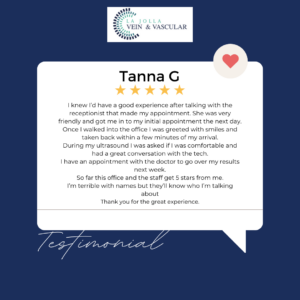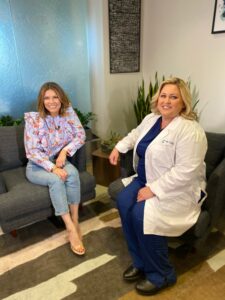Is there a treatment for blood vessel & redness discoloration removal?
LJVascular2024-03-22T19:14:17-07:00Say Goodbye to Redness: Effective Blood Vessel and Redness Discoloration Treatment
Do you struggle with unwanted redness and visible blood vessels on your skin? If so, you’re not alone. Many individuals deal with issues like broken blood vessels, cherry angiomas, rosacea, and spider veins, which can affect their confidence and self-esteem. Fortunately, advancements in laser technology have made it possible to effectively treat these concerns and reveal smoother, more youthful-looking skin. At La Jolla Vein & Vascular, we offer cutting-edge blood vessel and red discoloration treatments to help you achieve the clear, even complexion you desire.
Vascular Redness Reduction for Clearer Skin
Our state-of-the-art redness laser treatments harness the power of Yag energy to heat and damage unwanted blood vessels, causing them to collapse and fade from view. Whether you’re dealing with broken blood vessels, red discoloration, cherry angiomas, or rosacea, our vascular reduction treatments can effectively target and treat these concerns, leaving you with clearer, more evenly toned skin.
The Rohrer Spectrum laser, equipped with a Long Pulsed Yag Laser handpiece, is specifically designed to address spider veins, redness and other vascular lesions. By precisely matching the laser wavelength to the hemoglobin color in areas with unwanted veins, this advanced system delivers longer pulses of energy to heat and close off the veins, leading to their gradual disappearance. With our vascular reduction treatments, you can say goodbye to unsightly redness and hello to a smoother, more youthful appearance.
Effective Treatment for Redness & Spider Veins
Spider veins are a common aesthetic problem caused by a variety of factors, including sun damage, hormonal changes, pregnancy, and aging. These small, visible veins can appear on the face, legs, and other areas of the body, affecting your overall appearance and self-confidence. Fortunately, our Long Pulsed Yag Laser handpiece is highly effective at targeting and treating spider veins, revealing clearer, more evenly toned skin.
It’s important to note that while our blood vessel and red discoloration treatments can effectively address spider veins and other vascular lesions, they work best for smaller veins of 3mm or less. Additionally, multiple treatment sessions may be required to achieve optimal results, with most patients seeing significant improvement after 3 to 5 sessions. Whether you’re dealing with red veins, blue veins, purple veins, or darker-colored veins, our advanced laser technology can help you achieve the clear, even complexion you desire.
Experience Clearer, More Radiant Skin Today
Don’t let unwanted redness and visible blood vessels hold you back from looking and feeling your best. Schedule a consultation with our experienced team at La Jolla Vein & Vascular to learn more about our blood vessel and red discoloration treatments. Our skilled physicians will assess your unique skin care needs and develop a personalized treatment plan tailored to help you achieve the clear, even complexion you’ve always wanted. With our advanced laser technology and commitment to excellence, you can trust us to deliver exceptional results and help you regain your confidence and self-esteem. Say goodbye to redness and hello to clearer, more radiant skin today!
“Bringing Experts Together for Unparalleled Vein and Vascular Care”
La Jolla Vein & Vascular (formerly La Jolla Vein Care) is committed to bringing experts together for unparalleled vein and vascular care.
Nisha Bunke, MD, Sarah Lucas, MD, and Amanda Steinberger, MD are specialists who combine their experience and expertise to offer world-class vascular care.
Our accredited center is also a nationally known teaching site and center of excellence.
For more information on treatments and to book a consultation, please give our office a call at 858-550-0330.
For a deeper dive into vein and vascular care, please check out our Youtube Channel at this link, and our website https://ljvascular.com
For more information on varicose veins and eliminating underlying venous insufficiency,
Please follow our social media Instagram Profile for more fun videos and educational information.
For more blogs and educational content, please check out our clinic’s blog posts!

